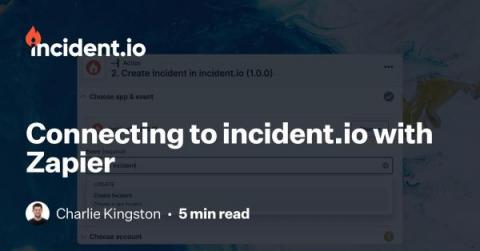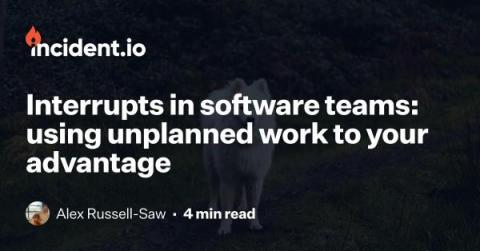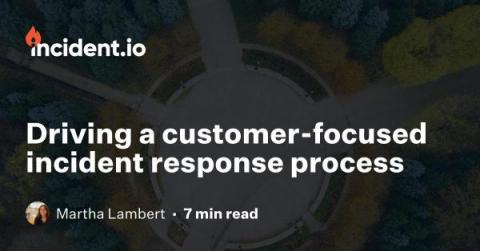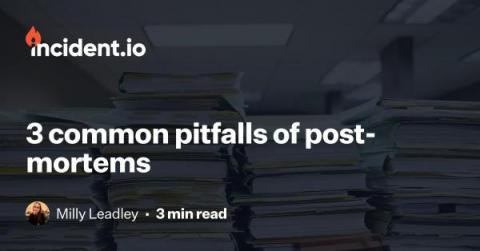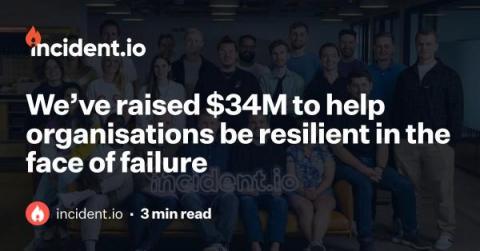How DORA will impact incident management at financial entities
The Digital Finance Strategy is a European directive that aims to support and develop digital finance in Europe whilst maintaining financial stability and consumer protection. There are three main components to the package: In this blog post, we’ll attempt to summarise the 113-page DORA proposal, highlighting how it will apply to incident management at financial entities.



